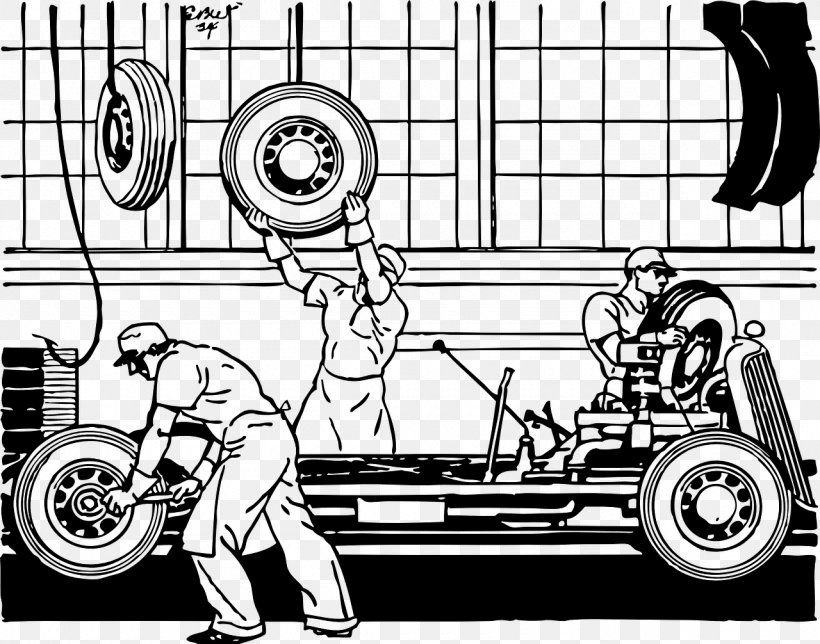Poka Yoke
Poka-yoke is a Japanese term that means “error-proofing” by implementing simple and inexpensive devices that help operators avoid mistakes in their work caused by the wrong parts, leaving out a part, installing a part backwards, etc. In Japanese, “Poka” means inadvertent error, and “yoke” means prevention.
The purpose of poka-yoke is to achieve 100% quality by finding defects at their source. This prevents an operator from passing on defects and enables the team to problem-solve so the defect stops recurring. In contrast, quality by sampling inspection guarantees defects because samples of parts or products will not always contain defects that exist in total production. And quality by 100% inspection is not only costly but finds defects from their source, which makes it difficult to permanently eliminate their cause.
There are two types of poka-yoke:
- Shutdown: These are the most powerful error- proofing devices. For example, a machine will not start if a work piece is set incorrectly.
- Warning: These alert us to something abnormal by a buzzer or light.
Good poka-yoka meet the following criteria:
- simple, with long life and low maintenance bHas high reliability
- inexpensive
- designed for the workplace situation
Common examples of error-proofing include:
- Product designs with physical shapes that make it impossible to install parts in any but the correct orientation.
- Photocells above parts containers to prevent a product from moving to the next stage if the operator’s hands have not broken the light to obtain necessary parts.
- A more complex parts monitoring system, again using photocells, but with additional logic to make sure the right combination of parts was selected for the specific product being assembled.
Common Examples of Poka Yoke in Every Day Life
- Blind spot warning in a vehicle to prevent accidents
- Auto-stop function on a table saw to prevent injury
- Spell-check in a word processor to prevent spelling and grammar mistakes
- Auto-brake in vehicles to prevent collisions
- Washing machines will not start until the door has closed and will stop if opened mid-cycle
- Lawn mowers will operate only when a safety bar is held down and will switch off when released


